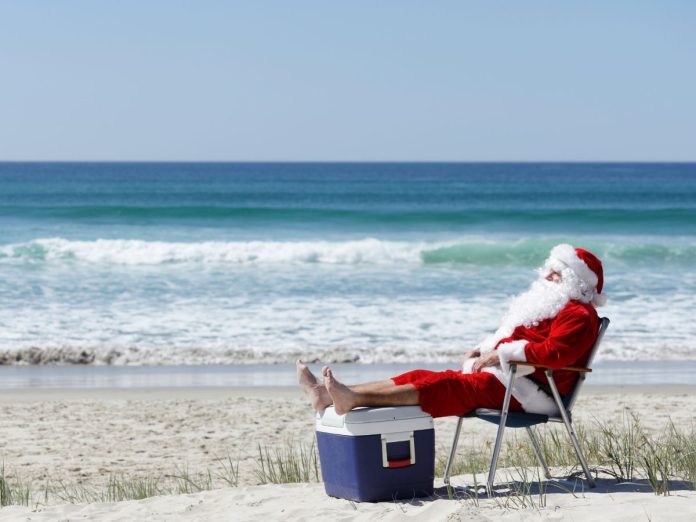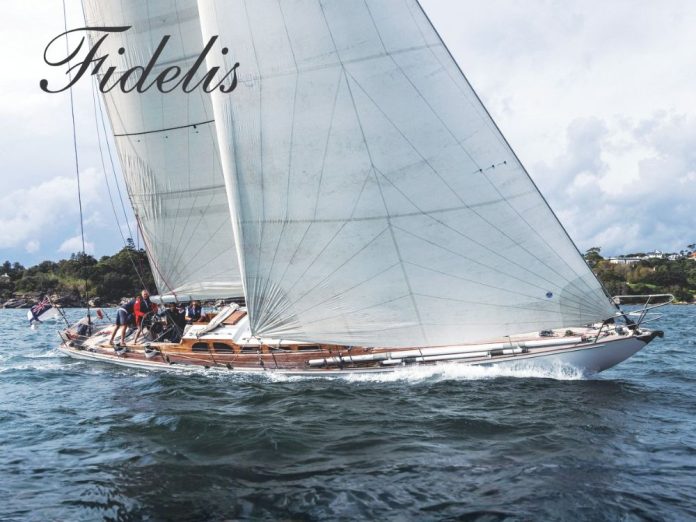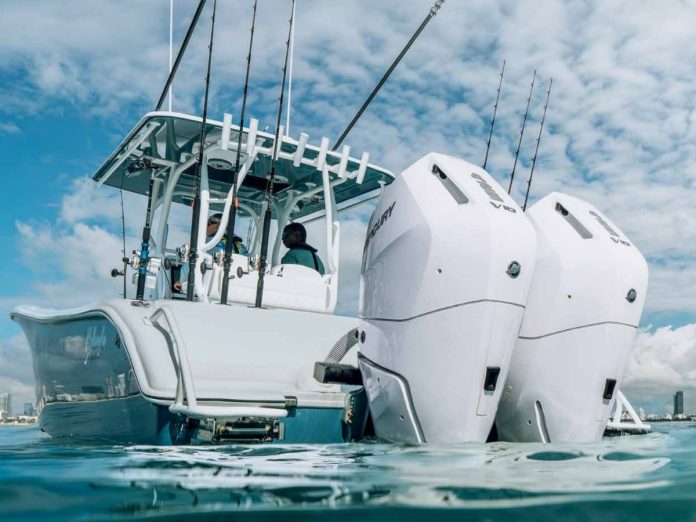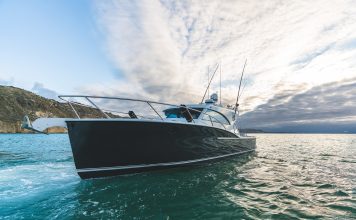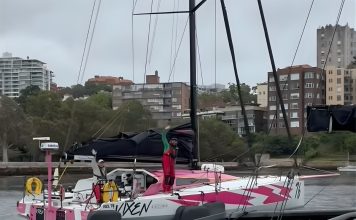The pretty daysailer slipped graciously through the water in the 15-knot breeze, moving as smoothly as a ballerina on a dancefloor. My first thought, writes John Macfarlane, was that a yacht this pretty had to have a story.
It took just one phone call to identify the mystery yacht and her owner – boatbuilder, designer, and sailor Dave Jackson.
“I call her Rose for no reason other than I liked the name,” Jackson told me in his deep, gravelly voice when we met at his shed a few weeks later. “It all started when I sailed a Herreshoff 12 ½ three years ago. A beautiful wee thing.’’


Designed by the late Nathaniel Herresoff in 1914, the Herreshoff 12 ½ had an LWL of 3.8m (12 ½ feet, hence the name) with an LOA of 4.88m.
Jackson loved everything about the 12 ½ but its 750mm draft, which he found challenging to launch and get aboard. Rose is his interpretation of the 12 ½, designed to be lighter, easier to handle, and more importantly, have a dew-floating 225mm draft with her centreboard up.
Jackson served his time with the late Roy Parris and went out on his own in 1955. After a long boatbuilding career in Auckland, he moved to Warkworth 30 years ago, where he continued designing, building and mucking about with boats.

Now aged 91, Jackson was the slip manager at the Sandspit Yacht Club until five years ago. He was short of a project when he retired from this position, so he designed and built Rose. Jackson is renowned for his appreciation of sweet yachts and built Rose entirely by eye with the aid of a half-model. Taking inspiration from the previously mentioned 12 ½, Jackson incorporated a flat bottom in Rose’s design for the minimum draft. This is 18mm plywood, with the remainder of the hull being 9mm. The chines are timber, as are the doublers at floor level. There are twin buoyancy tanks fore and aft, with slatted seating on either side. The hull and deck’s exterior have been glassed, with the interior epoxy-coated.

The kick-up centreboard is glassed timber hingeing off a bolt and controlled in a time-honoured fashion with a shaped timber arm. The rudder blade is a bronze blade from a launch encapsulated in timber so that it sinks under its own weight and is controlled with a simple rope purchase. One of the unexpected benefits of the sloping transom is that it pulls up a wave underway, giving the rudder a decent bite in the shallow waters of Sandspit, the Mahurangi Harbour and around Kawau Island, where Jackson does his sailing.

Jackson bought a complete Hartley 16 rig for $150 – mast, boom, main and jib, all modified to suit. The top of the mast was raised by 200mm with a wooden plug, which, combined with some area taken off the mainsail foot, allowed the gooseneck to be raised high enough for Jackson to slip under the boom when tacking without catching his lifejacket. The jib had around 300mm removed from its leech to facilitate easy tacking.

The fittings cost virtually nothing: “I’ve got a lifetime of bits lying around,” he jokes. All the blocks and cleats came out of his boxes, while the main traveller is from a Townson Serene. Like this writer, Jackson is a big fan of Tufnol, which he’s used for several fittings, including the mainsheet blocks and a yet-to-be-fitted headsail furler.
“Costs nothing but a bit of time [to make Tufnol fittings], and I’ve got plenty of that.”

Rose remains a work in progress and several things have been changed since launching. Initially, Rose had twin splash guards on the foredeck, but Jackson replaced these with a tiny cuddy for aesthetic reasons. The lowered rear deck, which forms the aft buoyancy compartment, originally contained an outboard motor well. However, Jackson found the engine difficult to start, and the well occasionally filled with CO2 and stalled the engine. He bought a Minn Kota electric outboard to solve both issues but found its lower unit wouldn’t fit through the well. Rather than redo the well, Jackson filled it in and installed a removable side mount for the Minn Kota. For the few times he uses an engine, it’s a simple and pragmatic solution. A decent pair of oars would work equally well.

The secret with open boats is to keep them simple, which Jackson has, and the open interior makes getting around inside the boat effortless. The cockpit’s very comfortable, and everything falls readily to hand.
While Rose has been set up for single-handed sailing, she can easily take a couple or a parent-child combination. She is ideal for exploring, especially sheltered shallow water, a spot of fishing, or classic racing.

Unfortunately, timing and the chaotic Sandspit launching ramp prevented us from undertaking a full-on sailing review. However, some idea of how well Rose sails was apparent at this year’s Mahurangi Regatta when she won line honours in the Te Haupa Division by eight minutes and came second on handicap. And all done singled-handed. Jackson and Rose won the Sorceress Cup for their efforts.
It’s appropriate that Rose was inspired by a 110-year-old design; classic lines are always fashionable. A new hull, combined with selective recycling and repurposing, has created a delightfully pretty yacht that’s also highly cost-effective – a boat for the times.
We’ll leave the last word to William Shakespeare: “A Rose by any other name would smell as sweet.”












